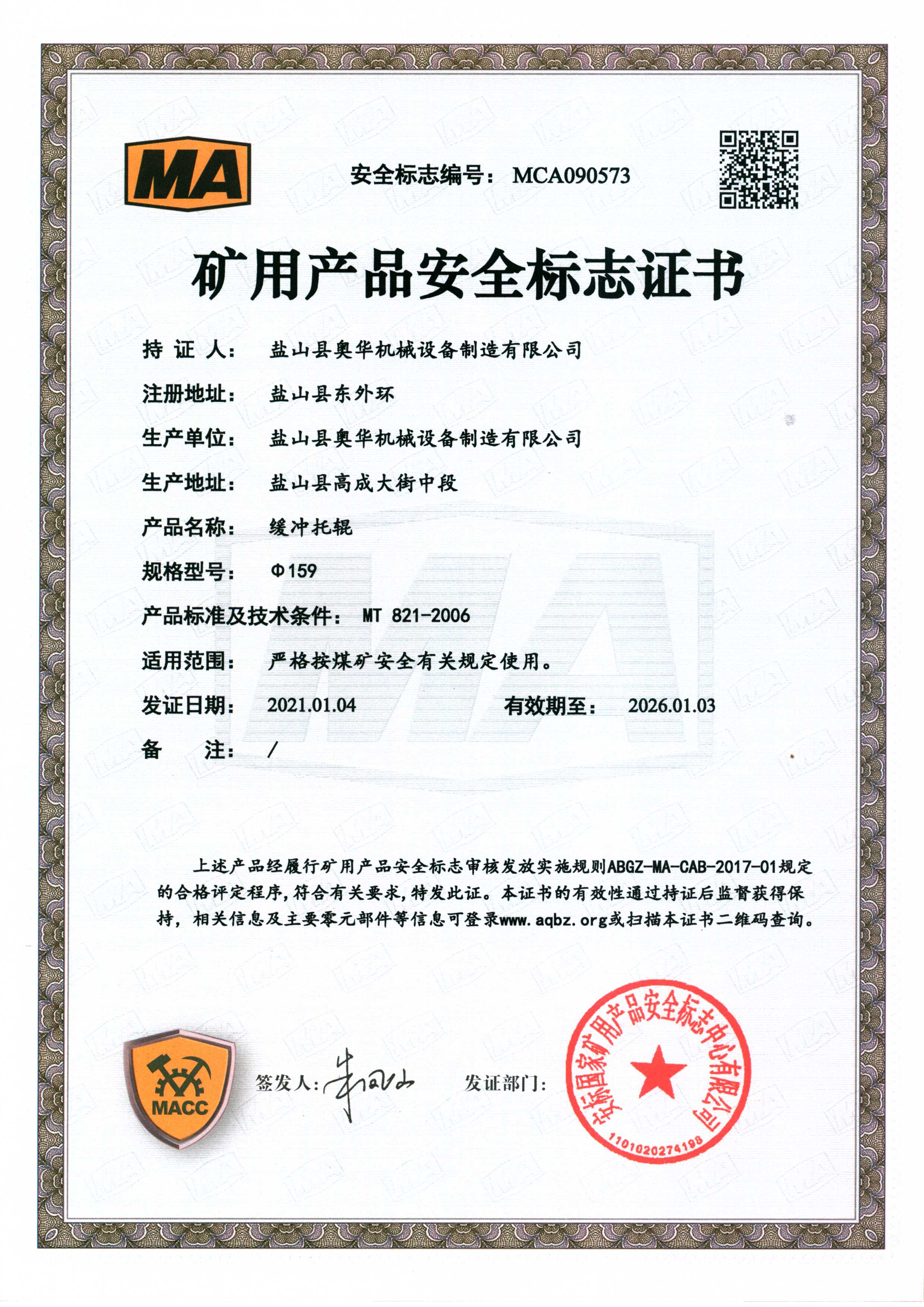 Afrikaans
Afrikaans  Albanian
Albanian  Amharic
Amharic  Arabic
Arabic  Armenian
Armenian  Azerbaijani
Azerbaijani  Basque
Basque  Belarusian
Belarusian  Bengali
Bengali  Bosnian
Bosnian  Bulgarian
Bulgarian  Catalan
Catalan  Cebuano
Cebuano  Corsican
Corsican  Croatian
Croatian  Czech
Czech  Danish
Danish  Dutch
Dutch  English
English  Esperanto
Esperanto  Estonian
Estonian  Finnish
Finnish  French
French  Frisian
Frisian  Galician
Galician  Georgian
Georgian  German
German  Greek
Greek  Gujarati
Gujarati  Haitian Creole
Haitian Creole  hausa
hausa  hawaiian
hawaiian  Hebrew
Hebrew  Hindi
Hindi  Miao
Miao  Hungarian
Hungarian  Icelandic
Icelandic  igbo
igbo  Indonesian
Indonesian  irish
irish  Italian
Italian  Japanese
Japanese  Javanese
Javanese  Kannada
Kannada  kazakh
kazakh  Khmer
Khmer  Rwandese
Rwandese  Korean
Korean  Kurdish
Kurdish  Kyrgyz
Kyrgyz  Lao
Lao  Latin
Latin  Latvian
Latvian  Lithuanian
Lithuanian  Luxembourgish
Luxembourgish  Macedonian
Macedonian  Malgashi
Malgashi  Malay
Malay  Malayalam
Malayalam  Maltese
Maltese  Maori
Maori  Marathi
Marathi  Mongolian
Mongolian  Myanmar
Myanmar  Nepali
Nepali  Norwegian
Norwegian  Norwegian
Norwegian  Occitan
Occitan  Pashto
Pashto  Persian
Persian  Polish
Polish  Portuguese
Portuguese  Punjabi
Punjabi  Romanian
Romanian  Russian
Russian  Samoan
Samoan  Scottish Gaelic
Scottish Gaelic  Serbian
Serbian  Sesotho
Sesotho  Shona
Shona  Sindhi
Sindhi  Sinhala
Sinhala  Slovak
Slovak  Slovenian
Slovenian  Somali
Somali  Spanish
Spanish  Sundanese
Sundanese  Swahili
Swahili  Swedish
Swedish  Tagalog
Tagalog  Tajik
Tajik  Tamil
Tamil  Tatar
Tatar  Telugu
Telugu  Thai
Thai  Turkish
Turkish  Turkmen
Turkmen  Ukrainian
Ukrainian  Urdu
Urdu  Uighur
Uighur  Uzbek
Uzbek  Vietnamese
Vietnamese  Welsh
Welsh  Bantu
Bantu  Yiddish
Yiddish  Yoruba
Yoruba  Zulu
Zulu Understanding the Benefits of Rubber Lagging for Pulley Systems in Industrial Applications
Understanding Pulley Rubber Lagging Enhancing Performance and Longevity
In various industrial applications, pulleys play a critical role in ensuring the smooth operation of conveyor systems, machinery, and other equipment that require belt movement. One effective method to improve the performance and durability of these pulleys is through the use of rubber lagging. This article delves into the significance of rubber lagging for pulleys, its benefits, installation methods, and maintenance considerations.
What is Rubber Lagging?
Rubber lagging refers to the process of applying a layer of rubber material to the surface of a pulley. This additional layer serves multiple purposes, including enhancing the friction between the pulley and the belt, protecting the pulley from wear and tear, and improving the overall efficiency of the system.
Benefits of Rubber Lagging
1. Improved Traction One of the primary advantages of rubber lagging is the increased friction it provides between the pulley and the conveyor belt. This enhanced traction helps prevent slippage, particularly in conditions where there is a significant load or a steep incline. Improved traction leads to better power transmission and reduced energy loss.
2. Wear Resistance Pulleys, particularly those used in heavy-duty applications, can experience significant wear over time. Rubber lagging acts as a protective barrier, safeguarding the metal surface of the pulley from abrasion, corrosion, and other forms of damage. This protection not only extends the life of the pulley but also minimizes maintenance costs and downtime.
3. Noise Reduction The addition of rubber lagging can help dampen vibrations and reduce noise generated during operation. This is particularly important in environments where noise levels must be controlled for compliance with health and safety regulations or to improve worker comfort.
4. Enhanced Load Distribution Rubber lagging can better distribute the load across the pulley surface. This helps to prevent localized wear and extends the lifespan of both the belts and pulleys in the system.
5. Resistance to Environmental Factors Rubber lagging is often designed to withstand various environmental conditions, including exposure to moisture, oils, and temperature fluctuations. This durability ensures that pulleys can continue to function effectively in diverse operating conditions.
pulley rubber lagging

Installation Methods
Installing rubber lagging on pulleys can be performed in several ways, depending on the type of pulley and the specific requirements of the application. Common methods include
- Hot Vulcanization This method involves bonding the rubber to the pulley surface using heat and pressure. Hot vulcanization creates a strong, durable bond and ensures that the rubber adheres effectively to the pulley.
- Cold Bonding For situations where heat cannot be applied, cold bonding using adhesives can be used. While not as robust as hot vulcanization, cold bonding can still provide significant improvements in traction and wear resistance.
Maintenance Considerations
To maximize the benefits of rubber lagging, regular maintenance is essential. Operators should routinely inspect the lagging for signs of wear, damage, or detachment. If excessive wear or deterioration is observed, timely replacement of the lagging can prevent further damage to the pulley and maintain optimal system efficiency.
Additionally, monitoring the alignment and tension of the conveyor belts is crucial. Incorrect alignment or tension can lead to uneven wear on both the belts and the rubber lagging, ultimately impacting the performance of the entire system.
Conclusion
Rubber lagging is a vital enhancement for pulleys in various industrial applications. By improving traction, reducing wear, and providing additional protective benefits, rubber lagging can significantly prolong the life of pulleys and enhance the efficiency of conveyor systems. As industries continue to evolve and face new challenges, investing in rubber lagging technology will remain a smart choice for ensuring reliability and performance in mechanical operations.
-
Revolutionizing Conveyor Reliability with Advanced Rubber Lagging PulleysNewsJul.22,2025
-
Powering Precision and Durability with Expert Manufacturers of Conveyor ComponentsNewsJul.22,2025
-
Optimizing Conveyor Systems with Advanced Conveyor AccessoriesNewsJul.22,2025
-
Maximize Conveyor Efficiency with Quality Conveyor Idler PulleysNewsJul.22,2025
-
Future-Proof Your Conveyor System with High-Performance Polyurethane RollerNewsJul.22,2025
-
Driving Efficiency Forward with Quality Idlers and RollersNewsJul.22,2025





























